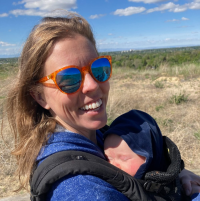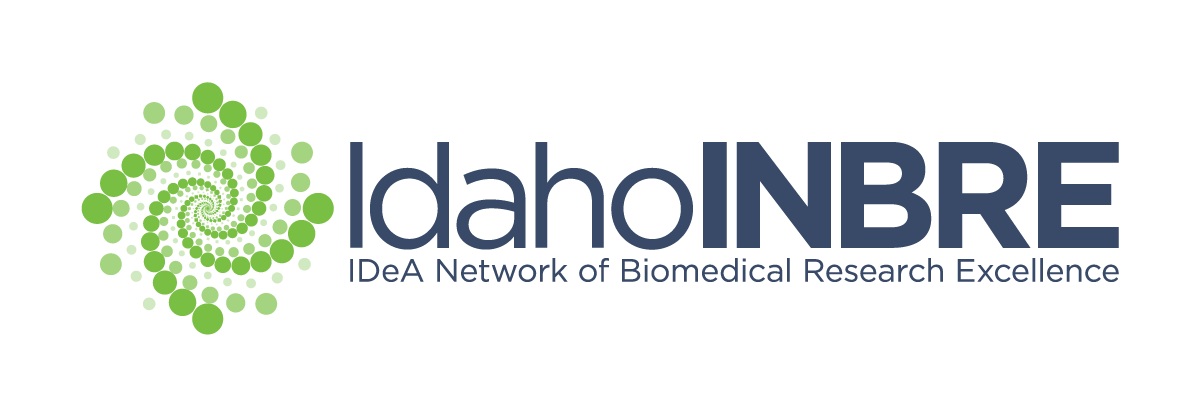
- Name: Allison Simler-Williamson, Ph.D.
- Institution: Boise State University
- Department: Biological Sciences
- Phone: 954-205-5061
- Email: allisonsimlerwil@boisestate.edu
- Website: https://simlerwilliamsonlab.com/
Summary: The Simler-Williamson lab’s research focuses on the ecology and evolution of emerging infectious diseases and other changing host-microbe interactions, using plant species models. Anthropogenic drivers have contributed to the emergence of novel infectious diseases globally via the movement of pathogens into new ecosystems, altered population structure and community composition of hosts, and shifts in the environmental conditions that mediate their interactions. However, disease is an emergent phenomenon that requires the intersection of a virulent pathogen, a susceptible host, and a suitable environment, and therefore, it remains difficult to experimentally isolate the relative contributions of each of these changing mechanisms in a rapidly changing world. In our work, we use a combination of laboratory experiments focused on individual pathogens or entire microbiomes, field observational studies that estimate patterns of disease, and epidemiological models parameterized with empirical data to parse the mechanisms underlying changing relationships between hosts and their pathogens. We primarily work with plant populations in forest, shrubland, and grassland ecosystems, using their pathogens and symbionts as models for understanding shifting species interactions. Isolating the mechanisms determining changing patterns of host-microbe interactions will be essential to predicting where plant populations and entire ecosystems may continue to persist, in light of climate change, land use change, and other anthropogenic drivers. Further, plant systems allows us to explore how increasing interannual variation in climate will alter future disease dynamics in populations and communities.
Minimum Courses: N/A
Projects: Climate change and altered host-pathogen interactions: predicting consequences of shifting disease dynamics for plant populations.
Species interactions can exert consistent selection on populations, generating “biotic” local adaptation. For instance, populations that consistently experience selection from pathogens may disproportionately allocate resources to defenses. However, climate change is expected to impact interacting taxa asynchronously or asymmetrically, and therefore, shifts in mean climate and interannual variation may disrupt existing patterns of biotic adaptation and contribute to new outcomes of these interactions, such as shifting impacts of disease. These changing host-microbe interactions have the potential to outpace the adaptive capacities of long-lived species.
In this project, we aim to predict when and where populations may be decoupled from the fitness consequences of species interactions as climate shifts, with an emphasis on plant-pathogen interactions. Our focal system is the interaction between soil microbial communities and big sagebrush (Artemisia tridentata), a declining, foundational plant species that is widely translocated across the western U.S. in restoration actions. In this work, participating researchers will conduct experiments in the lab, greenhouse, and field, which involve reciprocal transplant designs, DNA sequencing and bioinformatic analysis of microbial communities, culture of plant-associated fungi and bacteria, laboratory tests of pathogenicity, and Bayesian statistical analysis. We will integrate results from these experiments to develop population and epidemiological models that quantify shifts in the population-level impacts of plant-microbe interactions.



